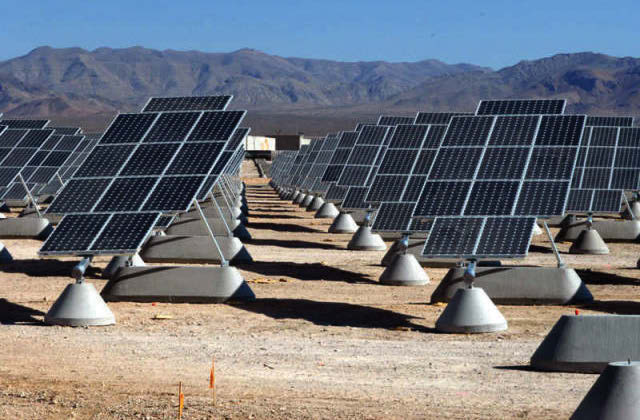
WASHINGTON (TIP): Scientists, including those of Indian-origin, have proposed a new “hydricity” concept for round-the-clock power by not only generating electricity from solar energy but also producing and storing hydrogen from superheated water.
“The proposed hydricity concept represents a potential breakthrough solution for continuous and efficient power generation,” said Rakesh Agrawal from Purdue University in US. “The concept provides an exciting opportunity to envision and cre ate
a sustainable economy to meet all the human needs in cluding food, chemicals transportation, heating and electricity,” he said.
Hydrogen can be combined with carbon from agricultural biomass to produce fuel, fertiliser and other pro ducts. “If you can borrow carbon from sustainably available biomass you can produce anything: electricity chemicals, heating, food and fuel,” said Agrawal.
Hydricity uses solar con centrators to focus sunlight producing high temperatures and superheating water to operate a series of electricitygenerating steam turbines and reactors for splitting water into hydrogen and oxygen.
The hydrogen would be stored for use overnight to superheat water and run the steam turbines, or it could be used for other applications, producing zero greenhouse-gas emissions, researchers said.
In superheating, water is heated well beyond its boiling point – in this case from 1,000 to 1,300 degrees Celsius -producing high-temperature steam to run turbines and also to operate solar reactors to split the water into hydrogen and oxygen.
“In the round-the-clock process we produce hydrogen and electricity during daylight, store hydrogen and oxygen, and then when solar energy is not available we use hydrogen to produce electricity using a turbine-based hydrogenpower cycle,” said Mohit Tawarmalani, professor at Purdue. “Because we could operate around the clock, the steam turbines run continuously and shutdowns and restarts are not required.




Be the first to comment